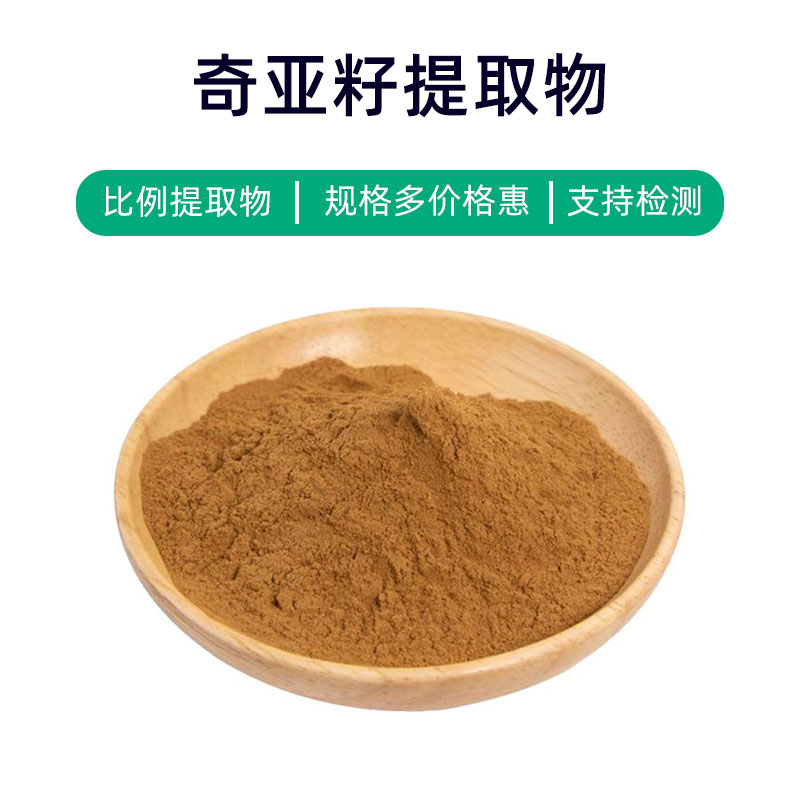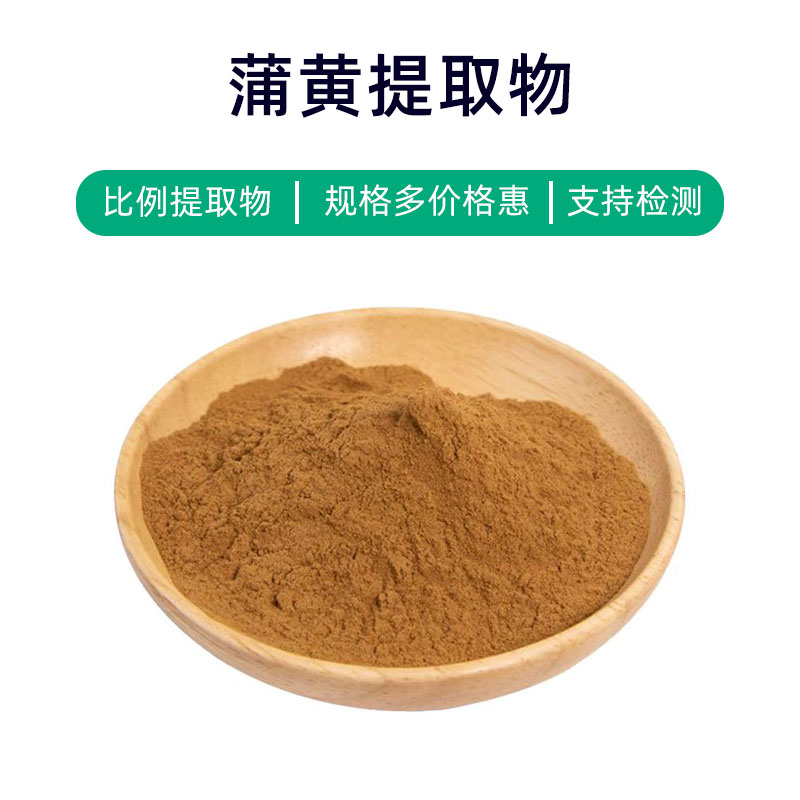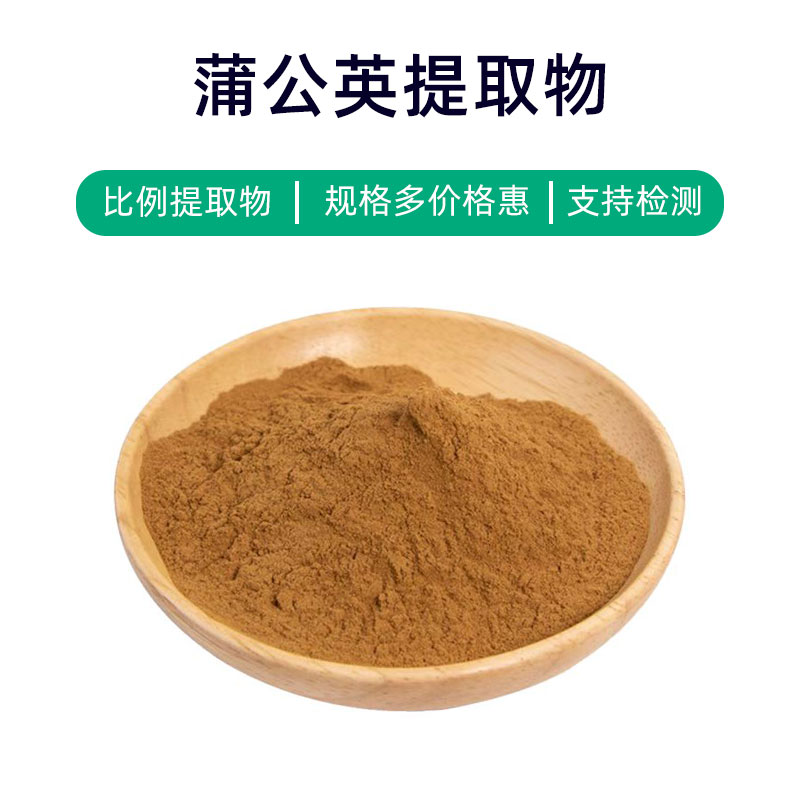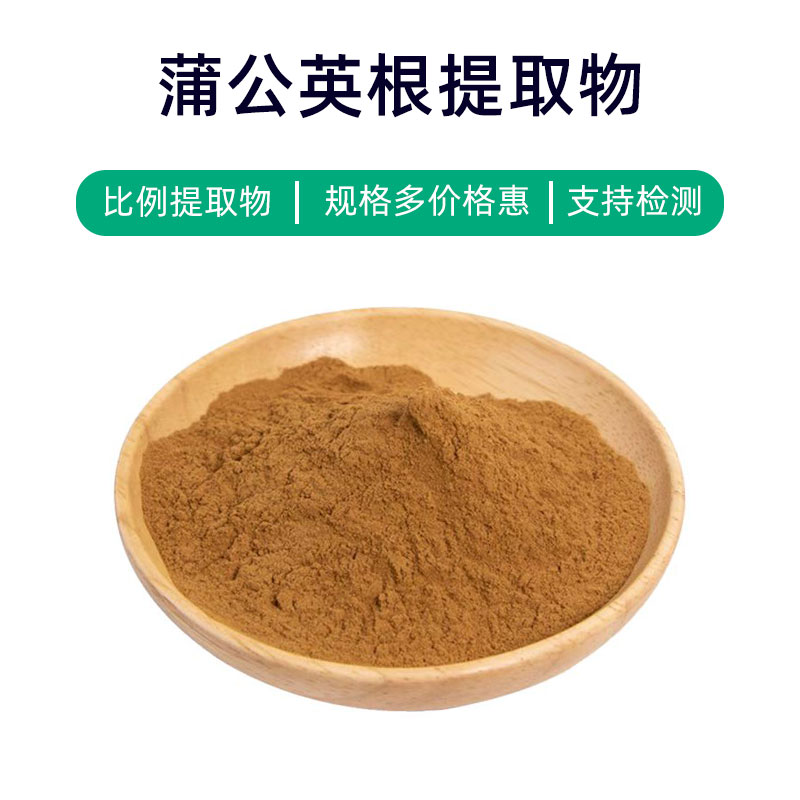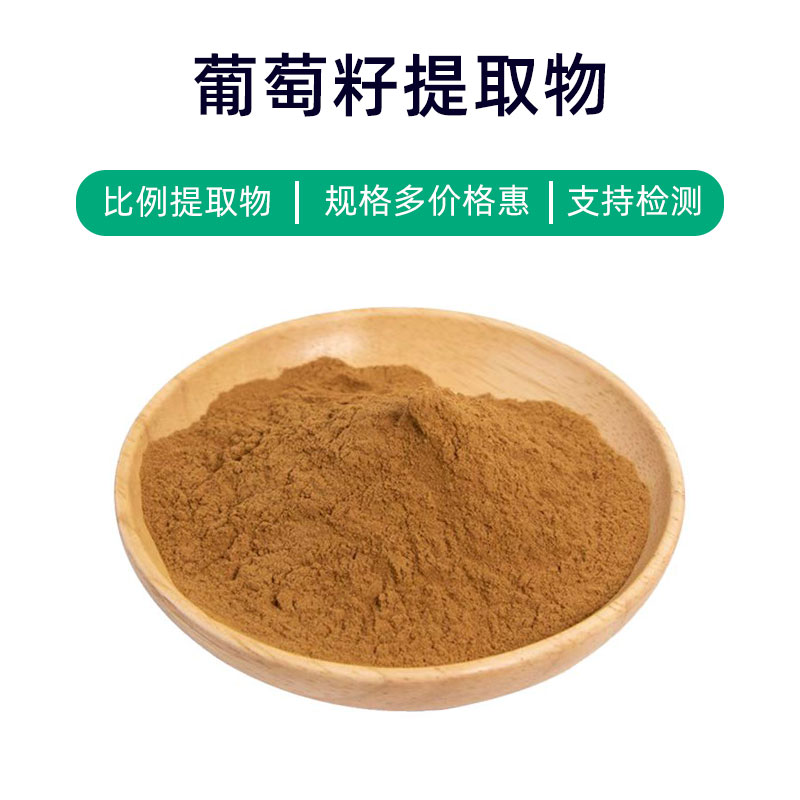Rehmannia Extract Product Introduction
Rehmannia extract is a natural plant extract derived from the root of the Rehmannia plant. Its main components include Rehmannioside, Rehmannia acid, carbohydrates, and polysaccharide compounds. Rehmannia extract is extensively used in traditional Chinese medicine formulations, dietary supplements, and cosmetics.
The primary components, Rehmannioside and Rehmannia acid, possess anti-inflammatory, antioxidant, and immune-regulating properties, which can help improve immune system function and reduce inflammatory responses. Additionally, the polysaccharides in Rehmannia extract have moisturizing and hydrating effects, helping to maintain skin moisture balance and increase skin elasticity.
In the medical field, Rehmannia extract is commonly used in traditional Chinese medicine recipes to regulate the immune system and improve liver and kidney function. In the health supplement sector, it is often included as an immune modulator or antioxidant, helping to enhance immune health and resistance. In cosmetics, Rehmannia extract is used to provide moisturizing and anti-aging benefits, improving skin texture for a healthier and younger appearance.
Overall, Rehmannia extract, as a natural plant extract, offers multiple benefits including anti-inflammatory, antioxidant, and immune-regulating effects, making it a promising candidate for applications in medicine, health supplements, and cosmetics.
Rehmannia Extract Production Process
The production process of Rehmannia extract typically includes the following key steps:
- Raw Material Preparation: Fresh Rehmannia plant roots are selected and undergo preliminary processing, such as washing and chopping, for subsequent extraction.
- Extraction Process: Appropriate extraction methods, such as water extraction, ethanol extraction, or supercritical fluid extraction, are used to extract the effective components from the Rehmannia plant. Extraction conditions should be controlled under appropriate temperature, pressure, and time to ensure effectiveness and product quality.
- Filtration and Concentration: The solution obtained from extraction is filtered to remove impurities and solid particles. Then, methods like evaporation concentration or vacuum concentration are employed to remove the solvent from the solution, yielding a concentrated extract.
- Refinement and Purification: The concentrated extract undergoes further refinement and purification processes, such as crystallization, precipitation, and extraction, to remove impurities and enhance product purity.
- Drying and Milling: The refined extract is then dried to reduce moisture content to an appropriate level, followed by milling to produce a powdered form of Rehmannia extract.
- Packaging and Storage: The extract is packaged, typically using sealed packaging to protect against moisture and oxygen ingress, and stored in a cool, dry environment to avoid direct sunlight and high temperatures, ensuring product quality and stability.
These are the common production processes for Rehmannia extract, where each step requires strict control of operational conditions and quality parameters to ensure the final product's quality and safety.
Rehmannia Extract Efficacy and Side Effects
Rehmannia extract is a common traditional Chinese medicinal material, with its main efficacy and effects primarily reflected in the following aspects:
- Nourishing Kidney Yin: Rich in flavonoids, flavonoid glycosides, polysaccharides, and other active compounds, Rehmannia extract has the effect of nourishing Yin, replenishing the kidneys, and calming the mind, helping to rebalance the body's Yin and Yang and enhance kidney function.
- Nourishing Liver and Kidneys: Rehmannia extract has a nourishing effect on liver and kidney function, helping to alleviate symptoms such as dizziness, headaches, and lower back pain caused by kidney and liver deficiencies.
- Blood Sugar Regulation: The active components in Rehmannia extract exhibit blood sugar-lowering effects that can assist in regulating blood sugar levels, providing supportive treatment for diabetes patients.
- Anti-inflammatory and Analgesic: The flavonoids in Rehmannia extract have anti-inflammatory and analgesic properties, helping to reduce inflammatory responses and relieve pain, suitable for the adjunct treatment of conditions like rheumatoid arthritis.
- Anti-aging: Antioxidants in Rehmannia extract can neutralize free radicals in the body, slowing down cellular aging and helping maintain healthy and youthful skin.
Although Rehmannia extract has various benefits, caution should be taken in the following areas:
- Dosage Control: When using Rehmannia extract, it should be taken according to the advice of a physician or pharmacist, with strict control of dosage to avoid adverse reactions from excessive use.
- Individual Differences: As each person’s constitution and condition differ, reactions to Rehmannia extract will vary. Observing individual responses during use is crucial; if discomfort arises, usage should be discontinued promptly.
- Contraindications: Those allergic to Rehmannia should avoid it. Pregnant and breastfeeding women should use it cautiously and avoid concurrent use with certain medications to prevent adverse reactions or drug interactions.
- Side Effects: While Rehmannia extract is a natural product, long-term or high-dose usage may cause digestive discomfort, nausea, vomiting, or other adverse reactions. Observing for these effects and seeking medical attention when necessary is important.
Overall, Rehmannia extract is a traditional medicinal material with good health and therapeutic effects. However, careful selection of appropriate doses and methods during use is advised to prevent adverse reactions.
Rehmannia Extract Applications and Dosage
Rehmannia extract has widespread applications in the medical, food, and cosmetic fields. Here are its applications, methods of use, and recommended dosages:
- Applications in Medicine:
- Treating Symptoms of Kidney Deficiency: In traditional Chinese medicine, Rehmannia extract is commonly used to treat symptoms like dizziness, tinnitus, lower back pain, and fatigue caused by kidney Yin deficiency.
- Blood Sugar Regulation: It is utilized as an adjunct treatment for diabetes, helping regulate blood sugar levels to maintain overall health.
- Nourishing Kidney Yin: Rehmannia extract is regarded as an excellent remedy for nourishing Yin and replenishing the kidneys, frequently employed for symptoms of kidney Yin deficiency or excess Yang.
Dosage: Generally recommended at about 3-9 grams per oral dose, which can be taken in 2-3 divided doses; specific dosages should be adjusted based on physician guidance.
- Applications in Food:
- Health Supplement Additives: Rehmannia extract can serve as an additive in health supplements for body nourishment and improved constitution.
- Flavoring Agent: It can also be used to enhance flavor in food, adding both nutrition and taste.
Dosage: When used as a health supplement additive, usually follow the dosage recommended in the product instructions.
- Applications in Cosmetics:
- Skin Care Products: Rich in various flavonoids, Rehmannia extract has antioxidant and anti-aging properties, commonly used in skincare products to promote skin metabolism and improve texture.
- Hair Care Products: It is also found in hair care products, nourishing hair roots and preventing dryness and hair loss.
Dosage: In skincare products, the use amount generally follows the instructions provided on the product packaging, with adjustments made according to individual skin types and needs.
In summary, Rehmannia extract plays an important role as a traditional medicinal material, with broad prospects for application in medicine, food, and cosmetics. It is essential to choose appropriate dosages and methods based on specific circumstances to achieve the best effects.
Rehmannia Plant Source, Distribution, and Growth Environment
Rehmannia (scientific name: Rehmannia glutinosa) is a perennial herbaceous plant belonging to the Rehmannia genus in the family Orobanchaceae. It is also known by names such as yellow earth, yellow tree, and earth snake. Below is an introduction to the source plant, distribution, and growing environment of Rehmannia:
- Plant Introduction:
Rehmannia is an herbaceous plant with a thick root and numerous fibrous roots, where the underground portion consists of a rhizome. The stems are upright, typically 30-80 centimeters tall, sometimes taller. The leaves are opposite, oval or elongated, with a smooth upper surface and white or light yellow fine hairs on the underside. Flowers are single or grow in clusters of 2-3 in leaf axils, with purple-red corollas, blooming from late summer to early autumn. - Distribution:
Rehmannia is predominantly found throughout China, especially flourishing in regions like Northeast, North China, Northwest, and East China, with higher yields in provinces such as Shaanxi, Gansu, Henan, and Shanxi. It is also distributed in places like Japan, Korea, and Mongolia. - Growing Environment:
Rehmannia prefers warm and humid environments, typically thriving in mountainsides, valleys, and the edges of fields. Its soil requirements are not strict but do best in loose, fertile, well-drained sandy loam. In terms of sunlight, Rehmannia enjoys abundant sunlight but can also adapt to partial shade.
As an important traditional medicinal material, Rehmannia holds a significant place in traditional Chinese medicine and pharmacognosy, with its roots being the medicinally valuable part widely used in medicinal formulas, offering benefits such as nourishing Yin, replenishing kidneys, clearing heat, detoxifying, nourishing blood, and stopping bleeding, earning it the title of "the crown of traditional Chinese medicine."
Rehmannia Extract Processing and Storage
The processing of Rehmannia extract typically includes several steps: first, the roots of the Rehmannia are harvested, then cleaned and sun-dried. The cleaned roots are then crushed, ground, or sliced to facilitate the extraction of effective components. Next, appropriate extraction methods—such as water or alcohol extraction—are employed to extract the beneficial components from the Rehmannia, producing the extract. Finally, the extract undergoes filtration, concentration, drying, and other processing to yield finished Rehmannia extract.
For storage, Rehmannia extract should be kept in a dry, cool, well-ventilated environment, avoiding direct sunlight and high humidity. Additionally, it is important to guard against moisture, dust, and pests, and to avoid contact with harmful gases. It is recommended to package in sealed containers, marked with production date and batch number for quality traceability. Proper storage conditions can extend the shelf life of Rehmannia extract while maintaining its quality.
Monica Sun is a seasoned expert in the plant extraction industry with over a decade of experience in research and production. She specializes in the extraction and purification of plant active ingredients, focusing on driving innovation in natural product applications. Monica has participated in the development of multiple functional plant extracts, delivering high-value natural raw material solutions for the health food, pharmaceutical, and dietary supplement sectors.









